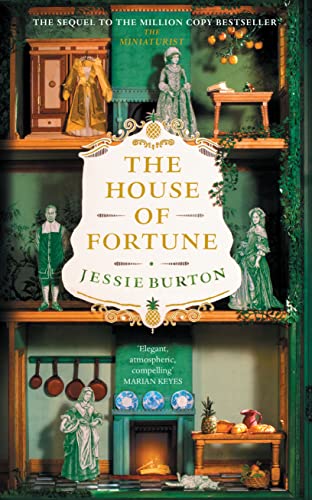The House of Fortune
Amsterdam, 1705: Eighteen years have passed since the events recounted in Burton’s The Miniaturist (2014). In this novel it is Thea Brandt, niece of Nella (protagonist of the earlier novel), who takes centre stage. The daughter of Otto, a Black former slave and precariously employed bureaucrat, and of a Dutch mother who died giving birth to her, Thea has turned eighteen and is in love with a scene painter. However, her father’s straitened circumstances mean that Nella instead plots an advantageous marriage for Thea as a solution to the family’s economic woes. Their fine house is rapidly denuded of its treasures but is central to nuptial negotiations.
At a ball the Brandts are mocked by their hostess and Nella’s intentions are revealed. The elusive miniaturist makes her presence felt again, not seen but heard, communicating once more through her creations. Thea is sent a perfect miniature of her lover the painter, a fact that pleases him not at all, followed by a blackmailer’s demand. Why is the palette of the artist’s image empty when his work is in such demand? Like many eighteen-year-olds in love, the headstrong Thea rejects wise counsel initially but appears nevertheless to bow to convention.
As in the previous novel, Burton depicts in a painterly way Amsterdam’s mercantile class. A scene of Thea at a harpsichord, which she does not know how to play, is comparable to a picture by Vermeer. Thea herself is a beautifully rendered portrait of a girl on the edge of womanhood, obstinate and tender. This novel will not disappoint those who enjoyed The Miniaturist.










